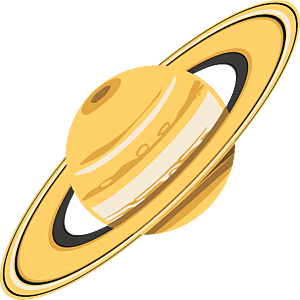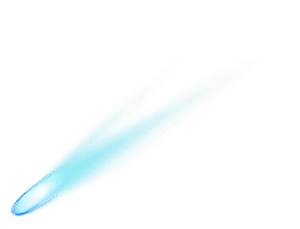The Downlink • Aug 04, 2023
Far out, man!
Space Snapshot

Individual boulders afloat in space aren’t the usual targets of space telescopes, but the rocks in this image are a special case. The tiny white dots clustered around the bright object in this image are boulders ranging in size from 1 to 6.7 meters (3 to 22 feet) in diameter, all of which were ejected from the asteroid Dimorphos after the DART spacecraft slammed into it in September 2022. Hubble photographed the boulders in December 2022, and the image was released last month. Image credit: NASA, ESA, D. Jewitt (UCLA).
You love space, now take action
This weekly newsletter is your toolkit to learn more about space, share information with your friends and family, and take direct action to support exploration. Anyone can subscribe at planetary.org/connect to receive it as a weekly email.
Mission Briefings


NASA has restored contact with Voyager 2. The spacecraft, which has been traveling away from Earth since 1977 and is now in interstellar space, lost contact with Earth recently after its antenna was inadvertently commanded to point in the wrong direction. NASA’s Deep Space Network was able to restore contact with the spacecraft this week, confirming that the second-most distant spacecraft from Earth is still operational. Pictured: An artist's concept of Voyager 2. Image credit: NASA/GSFC Conceptual Image Lab.

NASA’s next New Frontiers mission could face an extended delay. The agency said this week that it may not be able to move ahead as planned with the next competition round of the New Frontiers planetary science mission class. The Senate’s proposed NASA budget allocates $700 million less than NASA requested for its planetary science programs in fiscal year 2024.

Argentina has joined the Artemis Accords. Argentina is the 28th country to sign the Accords, which set forth best practices and norms of behavior for space activities. This comes after a recent surge in new signees, including the Czech Republic and Spain in May and Ecuador and India in June.

A new report shows that most Americans believe in the importance of planetary defense. A new study from the Pew Research Center surveyed Americans’ attitudes toward space and found, among other results, that monitoring potentially dangerous asteroids ranks at the top of the public’s priority list for NASA. Other top priorities include climate change research and basic space science research
From The Planetary Society


The far side of the Moon just got more interesting. New research suggests that the lunar farside might have a more volcanic history than was once thought. Matt Siegler from the Planetary Science Institute joins this week’s Planetary Radio to share his team's surprising findings. Pictured: The far side of the Moon, illuminated by the Sun as it crosses in front of the Earth, captured by the DSCOVR spacecraft. Image credit: NASA/NOAA.

The Day of Action is coming up next month. Are you with us? With NASA facing cuts to its planetary science budget, it’s more important than ever to speak up for space. If you live in the United States, you can join our annual Day of Action to come to Washington, D.C., and meet with your representatives in Congress to advocate for space. We provide the training and arrange the meetings, you bring your passion. Sign up today.
What's Up

Look for reddish Mars low to the west in the evening sky, with Mercury below it very near the horizon. Yellowish Saturn rises in the east in the evening and shines high in the sky throughout the night. Jupiter shines very bright later in the evening, rising in the east. The Perseid meteor shower — one of the best showers of the year — peaks next week, overnight on Aug. 12-13. Find out what else August’s night skies have in store.
Wow of the Week

On May 24, 2023, the European Space Agency's ExoMars Trace Gas Orbiter transmitted an encoded message back to Earth. This was no ordinary data package from the spacecraft’s study of the Martian atmosphere; it was a simulation of a signal from extraterrestrial intelligence. The encoded message was designed by SETI Institute artist-in-residence Daniela De Paulis, and its contents remain undisclosed. The public has been invited to participate in its decoding and interpretation. You can find the signal on the project’s website and submit your ideas about what it might mean — whether those ideas are technical, artistic, cultural, linguistic, or scientific. Pictured: A radio dish in Bochum, Germany that participated in receiving the encoded transmission. Image credit: AMSAT-DL
Send us your artwork!
We love to feature space artwork in the Downlink. If you create any kind of space-related art, we invite you to send it to us by replying to any Downlink email or writing to [email protected]. Please let us know in your email if you’re a Planetary Society member!


 Explore Worlds
Explore Worlds Find Life
Find Life Defend Earth
Defend Earth


